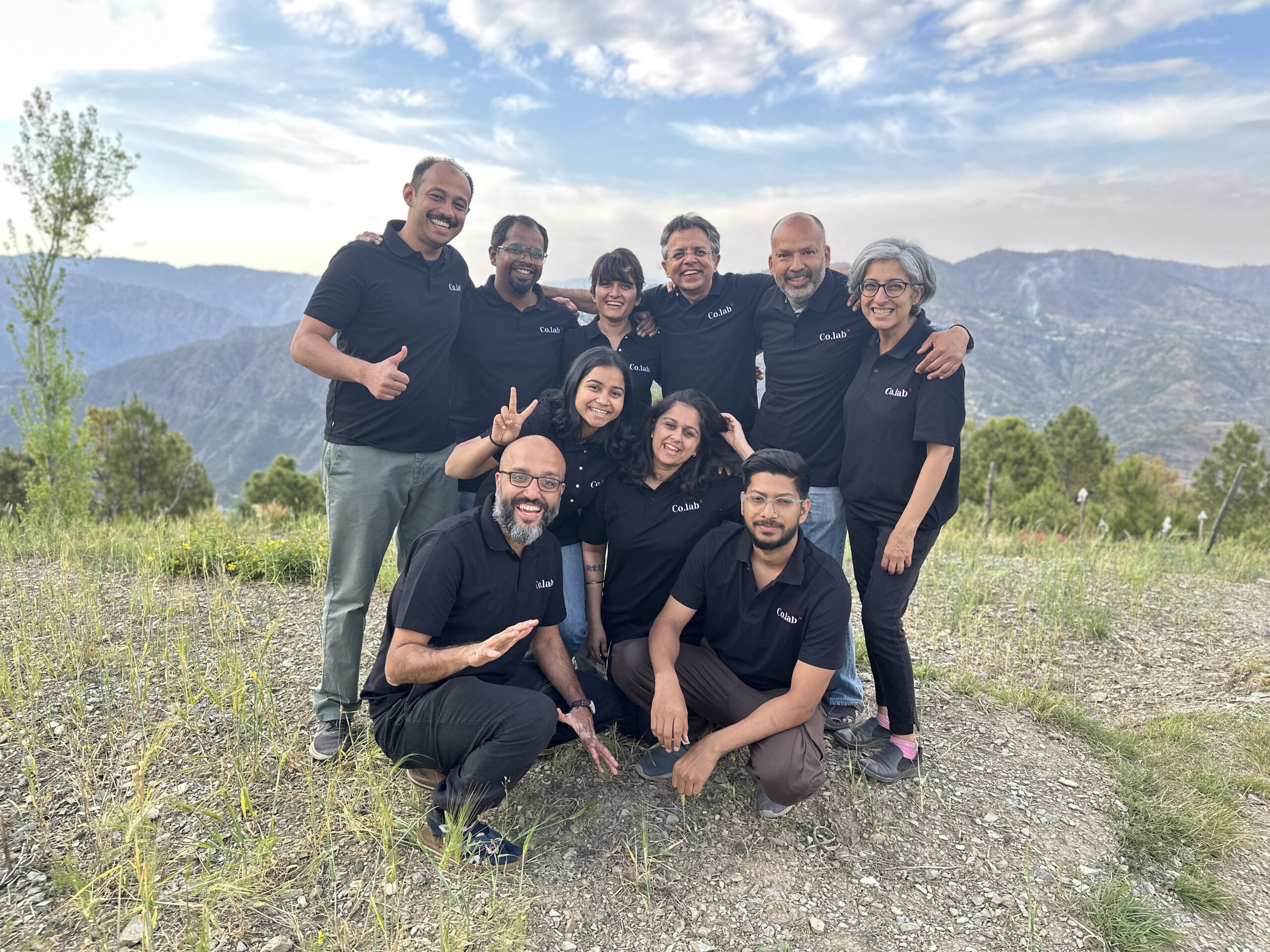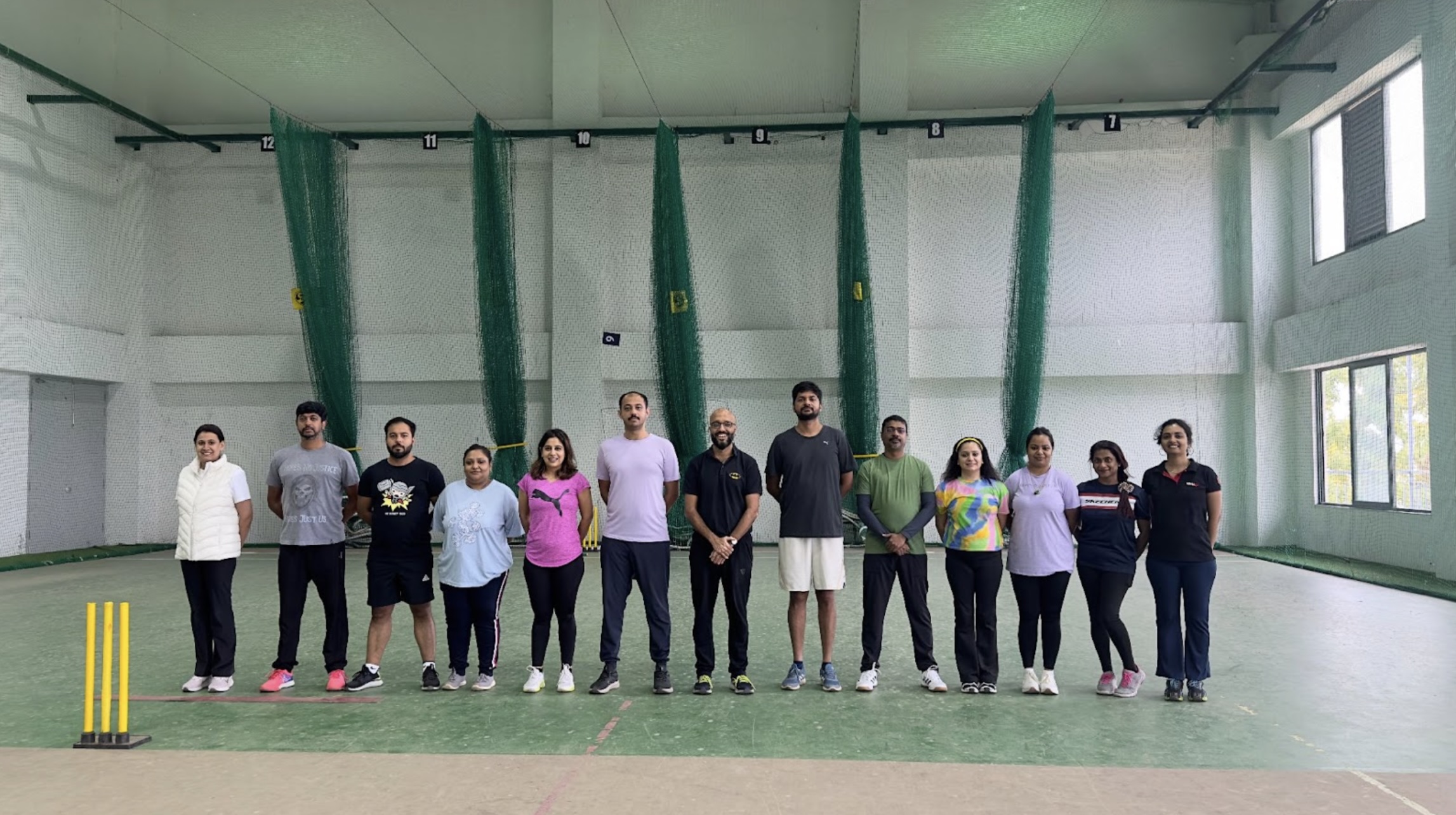(This Edition of newsletter will make you uncomfortable—And that’s a good thing)
As a CXO or senior leader, most of your thinking & conversations likely revolve around one big question – How do I grow my organisation?
And rightly so, the pressure to grow is immense and no one could deny that.
Before we dive deeper, let’s get one fundamental question about growth out of the way.
Is Growth Necessary for Every Organization?
The short answer is YES!
Look at nature. A seed doesn’t remain a seed—it sprouts, grows into a sapling, then a tree, and eventually completes its life cycle. Growth is the natural order of things.
Organizations are no different.
But here’s where the real challenge begins, we often look at the growth in the organisation with the MORE lens.
This is where many organizations go wrong. They chase growth with a crazy obsession around:
– More revenue
– More customers
– More offices
– More team members, etc…
Without considering the cost of that growth.
Is an organization truly growing if…
– Its revenue multiplies, but its culture erodes?
– It expands outwards in terms of new geographies,but its people burn out?
– Its size increases, but it drifts away from its original mission?
This edition of the newsletter is for leaders who are willing to challenge conventional wisdom on scaling and growth. If you are one of them, continue reading.

Growth Is Essential—But Growing the Wrong Way Comes at a Cost
Traditional scaling methods often focus on more—more revenue, more hires, more market expansion. But our observation is that this unchecked growth is creating serious problems:
1. The cracks start to show – Misaligned teams, communication breakdowns, and burnout make every step forward feel harder.
2. The team’s energy fades – People are busy delivering, and they lose the emotional investment & motivation they once carried, and even the most important project in work becomes a mundane task, and the system loses its edge to innovate.
The pressure gets unrelenting, you wonder if the culture, systems, and people you’re building can keep up — or if they’ll collapse under the weight of growth. And unfortunately many leaders believe this is just the price of growth you need to pay.
But what if that’s not true?
What if you could grow differently—in a way that feels expansive, not exhausting?
At Co.labx, we’ve spent the last six months working with organizations to explore exactly that. And, truthfully, there’s a selfish reason too. 😀
We’re at our own inflection point, grappling with the same question:
👉 “How can we grow that feels expansive and not exhaustive?”
Through this journey, two powerful insights have emerged—insights that will reshape how you think about scaling and growth. Let me share our first insight in this edition.
Insight #1 – Organisations Don’t Grow – People Do
When organizations grow, they often focus on systems, processes, and structures.
But one thing is often overlooked- It’s PEOPLE!
Think about any high-growth company. Its defining moments aren’t when new org charts are drawn (or) strategies are redefined.
The real turning points happened when:
– A team leader pushed boundaries and experimented with a bold new approach.
– A department head rallied their team around an ambitious challenge.
– A CXO made a courageous decision that shifted the company’s trajectory.
Breakthrough growth didn’t come from an entire organization moving in unison. It happened when a few key leaders and teams operated differently. These individuals took ownership, acted like intrapreneurs, took risks on behalf of the collective, and brought in new ways of working that eventually set the norm.
And when an organization grows, but its people don’t, progress stalls—innovation slows, motivation drops, and ownership fades.
On the other hand, when people grow but the organization doesn’t, they outgrow the organisation and move on.
Growth isn’t one-sided. ME + WE must evolve together – creating a space where people thrive, and the organization flourishes.

So , What Should Organisations Do?
If growth is a result of breakthrough leadership, then organizations need to stop seeing themselves as machines designed to extract performance. Instead, they need to start operating as incubators that nurture human potential.
What does that mean ?
Let’s learn from a giant, which had taken a nose dive in its growth and had resurrected itself very strongly in the past decade.
Microsoft’s turnaround under Satya Nadella is one of the best examples of people-driven growth.
Before Nadella took over in 2014, Microsoft was stagnating, teams were more focused on protecting their turf than driving innovation. Nadella changed that by focusing on people.
He did 3 things:
1. Created an environment that fuels personal and professional growth:
Before Nadella took over in 2014, Microsoft had a rigid, siloed culture that stifled collaboration and innovation. He embedded a growth mindset, shifting the company from a “know-it-all” to a “learn-it-all” culture.
– Encouraged cross-team collaboration, breaking down silos.
– Made experimentation and learning from failure the norm.
– Reversed Microsoft’s closed approach to open-source, leading to the GitHub acquisition and Linux partnerships.
2. Provided Resources, Coaching, and Networks That Empowered Leaders:
Nadella invested heavily in leadership development, ensuring Microsoft’s leaders had the tools, mentorship, and networks to thrive. Rolled out company-wide coaching programs emphasizing continuous learning.
– Senior leaders were paired with internal and external mentors to refine skills.
-Encouraged leaders to share insights across teams, breaking internal silos.
The Result was it accelerated product innovation, leading to breakthroughs like Microsoft’s AI push (Copilot) 😀
3. Encouraged Ownership and Experimentation at Every Level
Microsoft moved from a slow, process-heavy organization to one that empowered employees to act like intrapreneurs—taking ownership and driving change.
– Teams were given autonomy to experiment with new ideas without waiting for top-down approvals.
– Shifted from a Windows-first approach, allowing teams to embrace cross-platform solutions.
– The biggest bet? Expanding Azure beyond Windows—offering Linux support and competing aggressively with AWS.

The Impact?
Microsoft is now one of the market leader in cloud computing, at the forefront of AI innovation, and has quadrupled its revenue from $87B → $236B+ annually.
Microsoft’s resurgence wasn’t about new processes—it was about creating an ecosystem where people could thrive.
And that’s exactly what the point to be underlined here.
Scaling isn’t about pushing harder—it’s about incubating human potential.
When people grow, organizations follow.
Because the future of growth isn’t about more—it’s about better.
At Co.labx, we’re in this growth phase ourselves. The insight we shared today—Growing through people, not processes —has already led to a few breakthroughs for us personally and based on this lived experience, we recommend you to take your first step towards it for your organisation.
Re-imagining growth isn’t a solo pursuit—it’s a team sport. It takes a community of friends, mentors, and fellow travelers exploring similar questions in their own contexts.
For this edition, we’re grateful to Akshay Cherian, Co-Founder of Business Sherpa, a friend of Co.labx, and a fellow mischief-maker, for the rich conversations and jam sessions that shaped these insights.
And we’re going to keep exploring. Our next few editions will revolve around a central question: “What does it take to scale in a way that feels expansive, not exhausting?”
If that resonates with you, keep reading. 😀
Before signing off, we have a request to you
If this sparked something in you and you think it would also be valuable to a fellow leader share it with them and ask them to sign up.
If you missed our previous editions, you can catch up here. I can guarantee, you will enjoy 🙂

The Diary of a Coach
Diary of a Coach is a monthly newsletter sharing lessons in leadership and organisational development by people who are actively championing this work with various organisations.